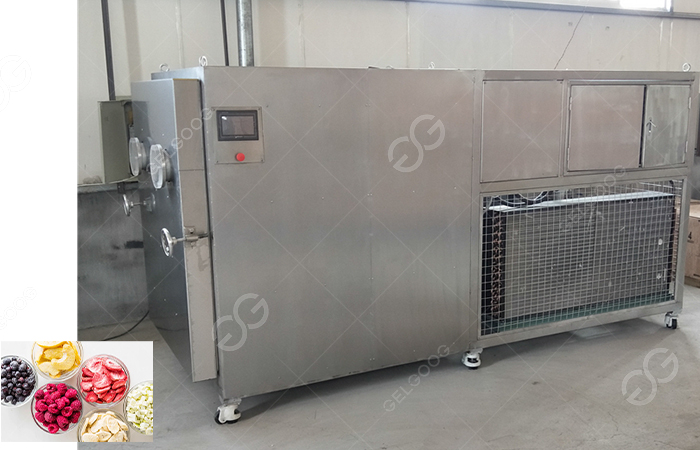In today’s fast-paced world, we often encounter various food products, pharmaceuticals, and other substances that have been freeze-dried. But have you ever wondered how these products are processed? The answer lies in industrial freeze dried machines. In this blog post, we will delve into the fascinating world of industrial freeze dried machines, exploring their purpose, working principles, and applications.
What is Freeze Drying?
Freeze drying, also known as lyophilization, is a process that involves removing water or other solvents from a substance while preserving its structure and properties. This technique is commonly used in industries such as food processing, pharmaceuticals, and biotechnology to extend the shelf life of products and maintain their quality.
Understanding Industrial freeze dried machines:
An industrial freeze dried machine is a complex piece of equipment specifically designed to carry out the freeze drying process on a large scale. These machines employ advanced technology and precise control mechanisms to remove moisture from various materials effectively.

Components of an Industrial freeze dried machine:
Vacuum Chamber: The heart of the freeze dried machine is the vacuum chamber, where the product to be dried is placed. The chamber is sealed to create a controlled environment.
Refrigeration System: The refrigeration system consists of a compressor, condenser, and evaporator, which work together to cool the chamber to sub-zero temperatures. This freezing stage ensures that the water in the product turns directly from solid (ice) to gas (water vapor) without passing through the liquid phase.
Vacuum System: A vacuum pump is employed to reduce the pressure inside the chamber. By lowering the pressure, the boiling point of water decreases, facilitating the sublimation of frozen water directly into vapor.
Heating System: Once the frozen product is placed in the vacuum chamber, heat is applied to accelerate the sublimation process. The heat source can be radiant heaters or heated shelves, depending on the design of the machine.
Working Principle:
The freeze drying process can be summarized in three stages:
Freezing: The product is initially frozen to a temperature below its eutectic point, ensuring that the water content solidifies.
Sublimation: Once the product is frozen, the vacuum pump removes the surrounding air, and heat is applied. As the temperature rises, the frozen water undergoes sublimation, transforming into vapor and leaving the product.
Desorption: Finally, the vapor is removed by the vacuum system. This process continues until the desired moisture level is achieved.
Applications of Industrial freeze dried machines:
Food Industry: Freeze drying is widely used in the food industry to preserve perishable goods such as fruits, vegetables, and coffee. This process helps retain the nutritional value, flavor, and appearance of the products while extending their shelf life.
Pharmaceutical Industry: Pharmaceuticals often require stable and long-lasting formulations. Freeze drying allows for the removal of water from drugs and vaccines, ensuring their stability and reducing the need for refrigeration during storage.
Biotechnology: Industrial freeze dried machines are used to preserve enzymes, antibodies, and other biological materials. The process helps maintain their activity and extends their shelf life.
Cosmetics and Skincare: Freeze drying is utilized in the production of skincare products, as it allows for the preservation of sensitive active ingredients while ensuring their efficacy.
Conclusion:
Industrial freeze dried machines play a crucial role in numerous industries, enabling the preservation of various products through the removal of moisture while maintaining their integrity. With their advanced technology and precise control systems, these machines have revolutionized food preservation, pharmaceutical production, and biotechnology research. Understanding the freeze drying process and the role of industrial freeze dried machines can help us appreciate the science behind many of the freeze-dried products we encounter in our daily lives.
